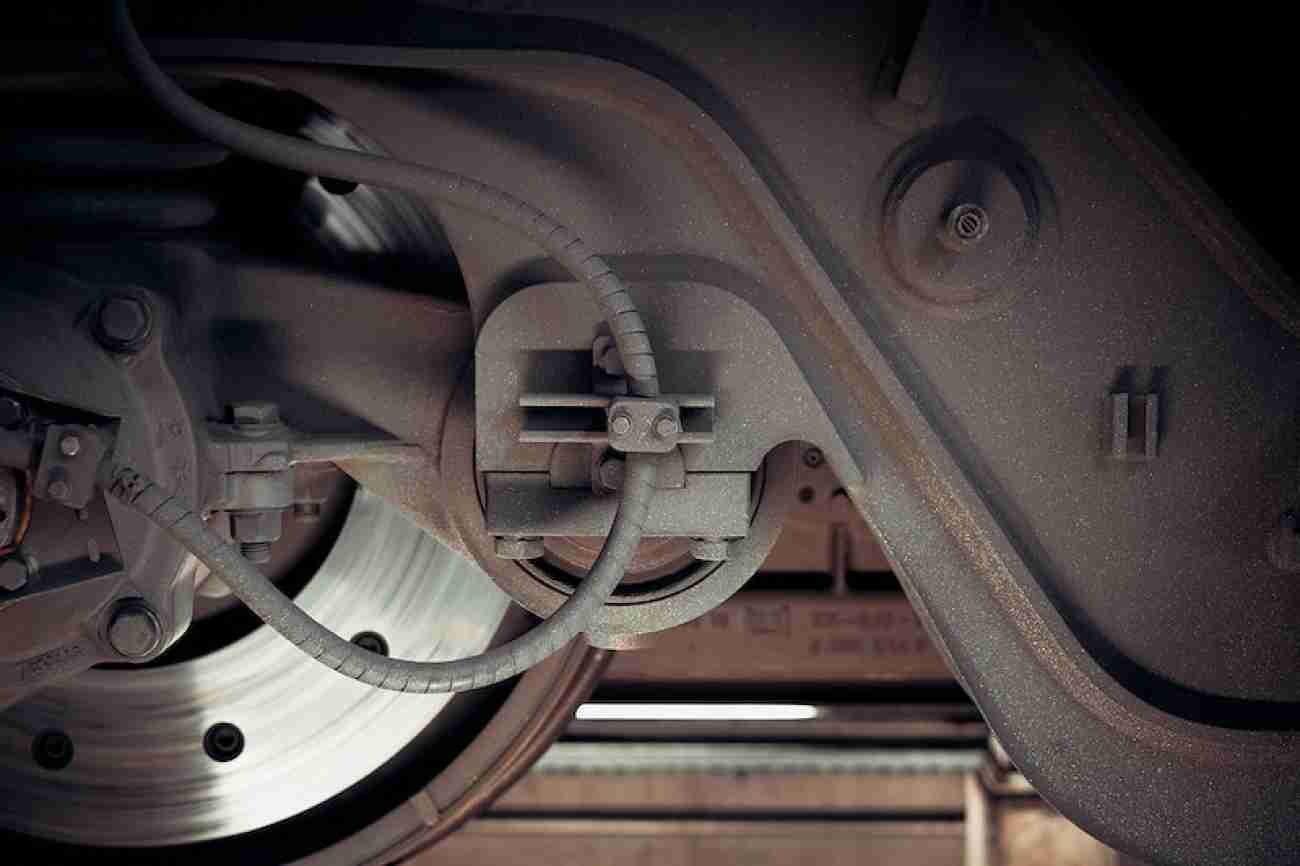 Brake pads provide the muscle you need to stop your car, so their composition is important. Brake pads are composed of several different substances but can be put into a few major groups. Below is more information about the various brake pad groupings and some of the advantages and drawbacks of each type.
Brake pads provide the muscle you need to stop your car, so their composition is important. Brake pads are composed of several different substances but can be put into a few major groups. Below is more information about the various brake pad groupings and some of the advantages and drawbacks of each type.
Semi-Metallic Brake Pads
A common type of brake pad in use with passenger vehicles, semi-metallic brake pads are composed of metals and a special binding agent. Some of the metals used in semi-metallic brake pads include steel, copper, and iron, though brake manufacturers may add more exotic metals for special applications such as racing.
Semi-metallic brake pads also contain their own special sub-classification, low-metallic brake pads, which are a hybrid of semi-metallic and organic brake pads and have characteristics of both major groups.
Though the exact percentages vary depending on the specific product, the usual composition of semimetallic brake pads is half metal and half binder. Semi-metallic brake pads offer numerous advantages that make this type of brake pad the favored choice for a lot of vehicle owners:
- Economical to produce and buy
- Good heat dissipation characteristics during average driving
- Firm, confident braking "feel" when pedal is depressed
- Average to above-average durability
Semi-metallic brake pads do have a few drawbacks, most notably their tendency to make squealing or grinding noises under certain circumstances. In addition, semi-metallic brake pads tend to generate more wear on rotors, which may necessitate more frequent rotor replacement.
Organic Brake Pads
Organic brake pads are another major group of brake pads. Organic brake pads originally consisted of asbestos bound with other fibers and resins, but knowledge of the dangers of asbestos have nearly eliminated its use in automotive products, including brake pads.
Today's organic brake pads use safer fibers, such as glass or Kevlar, mixed with a binding agent. These pads excel in several areas, including the following:
- Extremely affordable cost
- Quiet braking action
- Most environmentally friendly of brake pad options
- Relatively low levels of wear and tear on other braking components
Organic brake pads aren't perfect for every application, as they do have a few disadvantages, including a less certain feel to braking action. In addition, organic brake pads tend to wear out much faster than other pad types and are more sensitive to overheating.
Ceramic Brake Pads
Ceramic brake pads make up the third major group of brake pad types. As their name indicates, ceramic brake pads are composed primarily of ceramic materials, but the pads also have metallic fibers interspersed throughout.
Ceramic brake pads are the newest, but they represent a major stride forward in braking technology. Ceramic brake pads offer several advantages to vehicle owners and operators, including:
- High durability and longevity
- Extremely quiet operating characteristics
- Lower levels of brake dust production
- Stable heat-dispersion characteristics
Since ceramic brake pads are a fairly new technology and also require more attention during manufacturing, one of their chief disadvantages is cost. Ceramic pads are the most expensive brake pads to make and sell, though the longer lifespans do help offset the upfront costs.
If you have questions about brake pads and what type might be best for your vehicle, then it is important to talk with automotive repair professionals for assistance. They can make recommendations on brake pad types as well as perform replacements that will match your driving needs and available budget.

